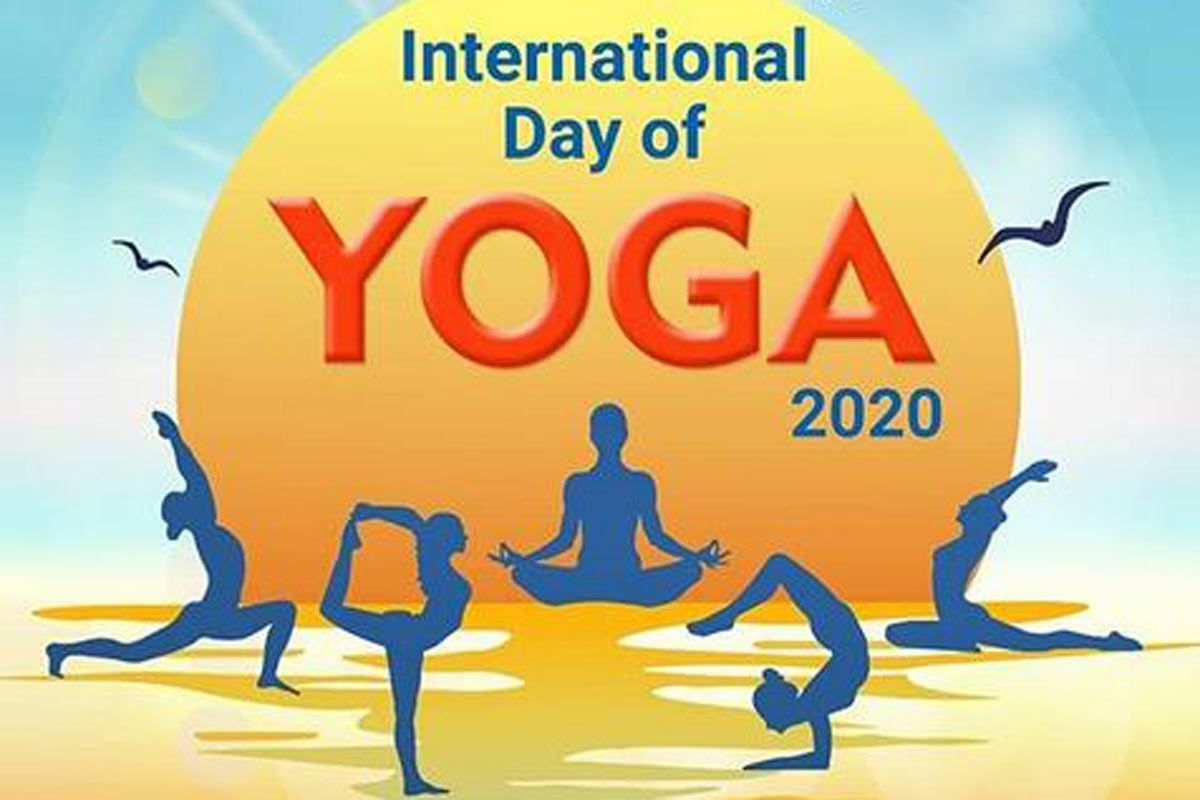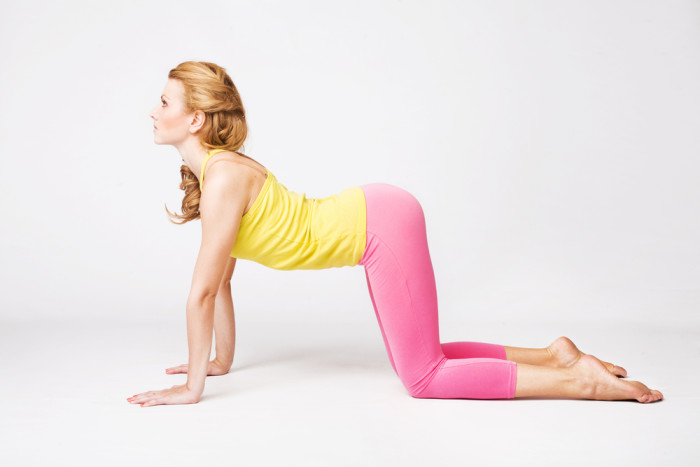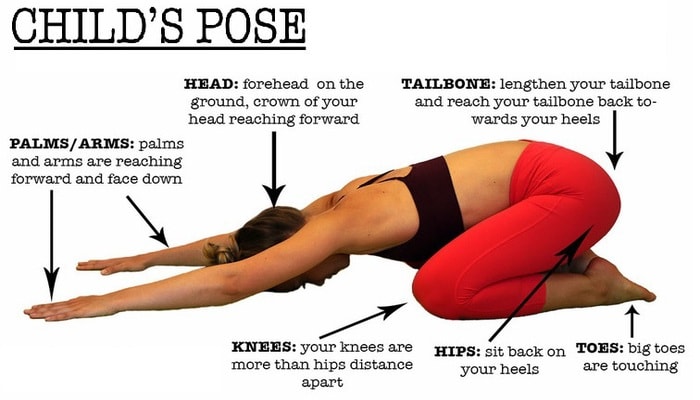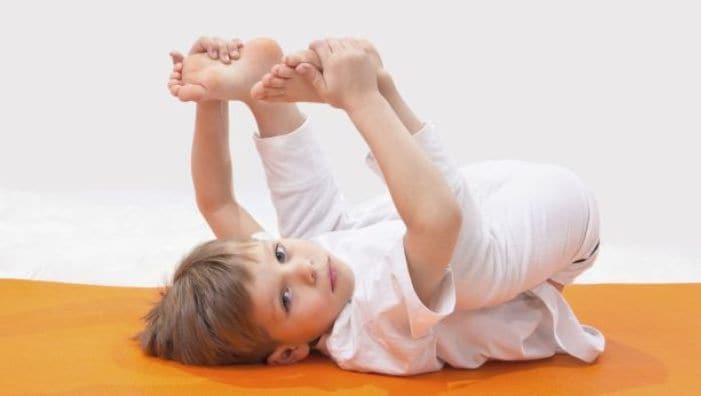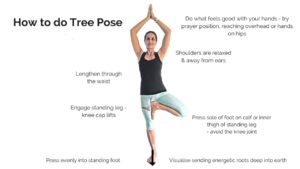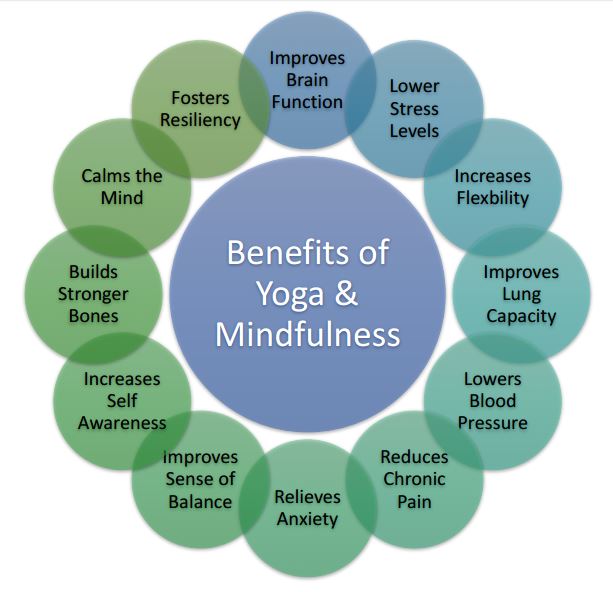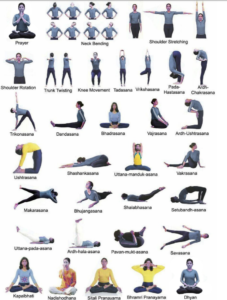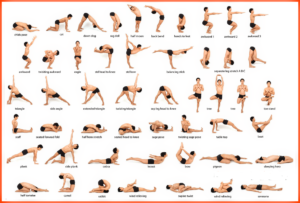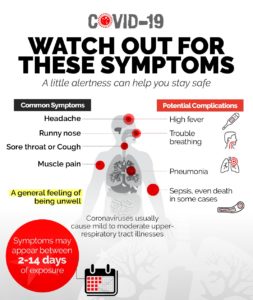
How to boost the immune system
A strong immune system helps to keep a person healthy. Put simply, it’s your immune system’s job to defend your body against illness and disease. Like the Army, the immune system is an intricate network of units that act together to combat invaders, in this case, bacteria, viruses, and other “enemies.”
The complex system is made up of cells in your skin, blood, bone marrow, tissues, and organs that — when working the way they should — protect your body against potentially harmful pathogens (like bacteria and viruses), and limit damage from non-infectious agents like sunburn or cancer.
Since it is a system of many parts, not a single unit, it cannot technically be boosted. However, it can be strengthened to run efficiently in order to fight off diseases. Keep your body’s soldiers fit and ready by living a healthy lifestyle.
Think of the immune system as an orchestra. For the best performance, you want every instrument and every musician in the orchestra to perform at its best. Incorporating specific foods into the diet may strengthen a person’s immune response.
You want every component of that orchestra to perform exactly according to plan. The same goes for your immune system. To best protect your body from harm, every component of your immune system needs to perform exactly according to plan.
The best way you can ensure that happens is to practice the good-for-you behaviors every day that your immune system runs on. When the immune system comes into contact with a pathogen, it triggers an immune response. The immune system releases antibodies, which attach to antigens on the pathogens and kill them.
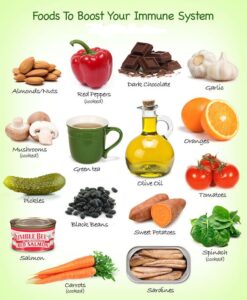
Click here for Best foods to boost your immune system-
If you’re looking to “boost” your immunity against harmful germs, the first thing to understand is no one magical supplement or diet can do the job.
The immune system is a network of cells, tissues, and organs that help the body fend off infection from outsider invaders, like bacteria, viruses, fungi, and toxins. It’s a highly adaptive, complex biological system that requires a balance between all parts to function properly.
This means optimal immune health relies on a multifaceted approach that focuses on making healthy lifestyle choices.
To ensure your immune system is as strong as it can be against outside invaders, here are practical tips worth incorporating into your everyday life.
A healthy, balanced diet plays an important role in staying Well. Incorporating specific foods into the diet may strengthen a person’s immune response.
Following tips may help to boost your immune system-
Immunity support supplements: The following supplements are to be used in moderation to keep the immune system functioning at its best.
Vitamin C may help prevent viral, bacterial, and other infections by shortening the duration of colds and acting as a natural antihistamine and anti-inflammatory.
Green chili peppers contain 242 mg of vitamin C per 100 grams. Therefore, one green chili pepper delivers 121% of the DV.
Guavas contain 228 mg of vitamin C per 100 grams. One guava fruit delivers 140% of the DV for this vitamin.
Yellow peppers contain the highest vitamin C concentration of all sweet peppers with 183 mg per 100 grams. One-half cup of sweet yellow peppers delivers 152% of the recommended DV.
Parsley contains 133 mg of vitamin C per 100 grams. Sprinkling two tablespoons of fresh parsley on your meal delivers 11% of the DV for vitamin C, which helps increase iron absorption.
Mustard spinach contains 130 mg of vitamin C per 100 grams. One cup of this leafy green provides 217% of the DV for vitamin C when raw, or 130% when cooked.
Kale contains 120 mg of vitamin C per 100 grams. One cup of raw kale delivers 89% of the DV for vitamin C, while a lightly steamed cup provides 59%.
Kiwis contain 93 mg of vitamin C per 100 grams. One medium-sized kiwi provides 79% of the DV for vitamin C, which benefits blood circulation and immunity.
Broccoli contains 89 mg of vitamin C per 100 grams. One-half cup of steamed broccoli provides 57% of the DV for vitamin C and may lower your risk of inflammatory diseases.
Lychees contain 72 mg of vitamin C per 100 grams. One single lychee contains an average of 7.5% of the DV for vitamin C, while a one-cup serving provides 151%.
Lemons contain 77 mg of vitamin C per 100 grams, with one medium lemon delivering 92% of the DV. Vitamin C has potent antioxidant benefits and can keep your cut fruits and vegetables from turning brown.
Papaya contains 62 mg of vitamin C per 100 grams. One cup of papaya delivers 87 mg of vitamin C, which may help improve memory.
Strawberries contain 59 mg of vitamin C per 100 grams. One cup of strawberry halves delivers 89 mg of vitamin C. This nutritious fruit may help your heart and brain health.
Oranges contain 53 mg of vitamin C per 100 grams. One medium orange delivers 70 mg of vitamin C. Other citrus fruits, such as grapefruit, mandarins, and limes, are also good sources of this vitamin.
Vitamin D is one of the most important immune system-strengthening nutrients that can reduce the risk of colds and flu; this should be taken on a regular basis.
Wild salmon contains about 988 IU of vitamin D per serving, while farmed salmon contains 250 IU, on average. That’s 124% and 32% of the DV, respectively.
Cod liver oil contains 448 IU of vitamin D per teaspoon (4.9 ml) or 56% of the DV. It is also high in other nutrients, such as vitamin A and omega-3 fatty acids.
Canned tuna contains 268 IU of vitamin D per serving. Choose light tuna and eat 6 ounces (170 grams) or less per week to prevent methylmercury buildup.
Eggs from commercially raised hens contain only about 37 IU of vitamin D per yolk. However, eggs from hens raised outside or fed vitamin-D-enriched feed contain much higher levels.
Mushrooms can synthesize vitamin D2 when exposed to UV light. Only wild mushrooms or mushrooms treated with UV light are good sources of vitamin D.
Foods such as cow’s milk, soy milk, orange juice, cereals, and oatmeal are sometimes fortified with vitamin D. These contain 54–136 IU per serving.
Your body needs vitamin D to absorb calcium. This makes getting enough of both vitamin D and calcium crucial to maintaining bone health and preventing osteoporosis.
Vitamin A, when used on a short-term basis, can help support the body’s ability to fight infections, especially with respiratory infections.
Concentrations of preformed vitamin A are highest in liver and fish oils. Other sources of preformed vitamin A are milk and eggs, which also include some provitamin A. Most dietary provitamin A comes from leafy green vegetables, orange and yellow vegetables, tomato products, fruits, and some vegetable oils.
The top food sources of vitamin A diet include dairy products, liver, fish, and fortified cereals; the top sources of provitamin A include carrots, broccoli, cantaloupe, and squash.
| Food | Per Serving(mcg) | % DV |
| Beef liver, pan-fried, 3 ounces | 6,582 | 73 |
| Sweet potato, baked in skin, 1 whole | 1,403 | 156 |
| Spinach, frozen, boiled, ½ cup | 573 | 64 |
| Pumpkin pie, commercially prepared, 1 piece | 488 | 54 |
| Carrots, raw, ½ cup | 459 | 51 |
| Ice cream, French vanilla, soft serve, 1 cup | 278 | 31 |
| Cheese, ricotta, part-skim, 1 cup | 263 | 29 |
| Milk, fat-free or skim, with added vitamin A and vitamin D, 1 cup | 149 | 17 |
| Cantaloupe, raw, ½ cup | 135 | 15 |
| Peppers, sweet, red, raw, ½ cup | 117 | 13 |
| Mangos, raw, 1 whole | 112 | 12 |
| Breakfast cereals, fortified with 10% of the DV for vitamin A, 1 serving | 90 | 10 |
| Egg, hard-boiled, 1 large | 75 | 8 |
| Black-eyed peas (cowpeas), boiled, 1 cup | 66 | 7 |
| Apricots, dried, sulfured, 10 halves | 63 | 7 |
| Broccoli, boiled, ½ cup | 60 | 7 |
| Salmon, sockeye, cooked, 3 ounces | 59 | 7 |
| Tomato juice, canned, ¾ cup | 42 | 5 |
| Yogurt, plain, low fat, 1 cup | 32 | 4 |
| Baked beans, canned, plain or vegetarian, 1 cup | 13 | 1 |
| Pistachio nuts, dry roasted, 1 ounce40 | 4 | 0 |
- Zinc can help reduce the number of infections and the duration of the common cold when taken within 24 hours of onset.
- Selenium is a key nutrient for immune function and is easily obtained from foods like the Brazil nut. Selenium is also an antioxidant, which strengthens the body’s defenses against bacteria, viruses, and cancer cells.
- Raw honey is good at relieving minor pain and inflammation of mucous membranes, like nose and mouth, and has antioxidant properties and some microbial effects; it is helpful for coughs and sore throats and can be added to tea or hot water with lemon. (Note that children under 1 should not be given honey.)
- Garlic, fresh, aged extract, and garlic supplements, may reduce the severity of upper viral respiratory infections and function in preventing viral infections of the common cold.
- Probiotics contain “good bacteria” that both support gut health and influence the function and regulation of the immune system. They also can decrease the number of respiratory infections, especially in children.
Further research has been conducted and the following additional supplements are now recommended as options for strengthening immunity:
- Beta-glucans– numerous human trials have shown that beta-glucans stimulate activity against viral attack, these findings include a decrease in cold and flu symptoms and upper respiratory tract infections compared to placebo.
- Mushrooms– a variety of mushroom species have been shown to help with immune function in a myriad of ways; some of the medicinal mushrooms include Shiitake, Lion’s Mane, Maitake, and Reishi.
- Berberine– found in the roots, rhizomes, and stem bark of various plants, this natural compound has been shown to have antiviral and anti-inflammatory properties; it can be found in goldenseal, goldthread, and Oregon grape species.
- Sulforaphane– sulforaphane has potent anti-inflammatory and anti-viral properties; it can be produced in the body in small amounts by eating some cruciferous vegetables or in more therapeutic amounts in dietary supplements containing glucoraphanin and myrosinase enzyme.
- Elderberry– studies have shown that elderberry has properties that appear to help fight viruses; choose a low-sugar capsule or tablet, if possible, as opposed to sugary syrup.
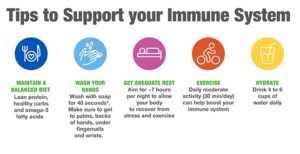
![]()
Click here for Immune strengthening Strategies
Following strategies shows how to boost the immune system
Eat a healthy diet: The nutrients you get from food — in particular, plant-based foods like fruits, vegetables, herbs, and spices — are essential to keeping your immune system functioning properly. Many plant-based foods also have antiviral and antimicrobial properties, which help us fight off infection.
Eat the rainbow: Colorful fruits and vegetables are full of antioxidants. These nutrients guard against free radicals, molecules that can harm your cells. To get a wide range, go for oranges, green peppers, broccoli, kiwi, strawberries, carrots, watermelon, papaya, leafy greens, and cantaloupe.
Think about herbs and supplements: Some of these products can help your immune system, but we need more research to know for sure if they’re really good for you. Because they can interact with other medicines, let your doctor know if you want to try them. He can help you decide which ones are safe for you.
Move your body: Exercise is a simple way to rev up your defense system. It can also ease stress and make you less likely to get osteoporosis, heart disease, and certain types of cancer. You’ll get the most bang for your workout buck if you do about half an hour a day. It doesn’t have to be hard-core. Any type of movement can help: ride a bike, walk, do yoga, swim, or even play golf.
Keep Stress under control: Long-term stress leads to chronically elevated levels of the steroid hormone cortisol. The body relies on hormones like cortisol during short-term bouts of stress (when your body goes into a “fight-or-flight” response); cortisol has a beneficial effect of actually preventing the immune system from responding before the stressful event is over (so your body can react to the immediate stressor).
But when cortisol levels are constantly high, it essentially blocks the immune system from kicking into gear and doing its job to protect the body against potential threats from germs like viruses and bacteria.
Get your groove on: It doesn’t just make you feel good — it’s good for you, too. One study found a link between a healthy immune system and how often you get busy. Those who made love more often had higher levels of a cold-fighting substance in their bodies.
Get Plenty of good quality sleep: Your body heals and regenerates while you sleep, making adequate quality sleep is critical for a healthy immune response. Sleep deprivation also elevates cortisol levels, which of course is also not good for immune function.
More specifically, sleep is a time when your body produces and distributes key immune cells like cytokines (a type of protein that can either fight or promote inflammation), T cells (a type of white blood cell that regulates immune response), and interleukin 12 (a pro-inflammatory cytokine).
Find a furry friend: There’s a reason we call them “man’s best friend.” Dogs and other pets aren’t just good buddies. They also give us a reason to exercise and boost our health in other ways. Pet owners have lower blood pressure and cholesterol levels and healthier hearts. Dogs can help your child’s immune response and make him less likely to get allergies.
Exercise regularly: Regular exercise lowers your risk of developing chronic diseases (like obesity, type 2 diabetes, and heart disease), as well as viral and bacterial infections.
Exercise also increases the release of endorphins (a group of hormones that reduce pain and create feelings of pleasure) making it a great way to manage stress. Since stress negatively impacts our immune system, this is another way exercise can improve immune response.
Hydrate, hydrate, hydrate: Water plays many important roles in your body, including supporting your immune system. Fluid in your circulatory system called lymph, which carries important infection-fighting immune cells around your body, is largely made up of water. Being dehydrated slows down the movement of lymph, sometimes leading to an impaired immune system.
Even if you’re not exercising or sweating, you’re constantly losing water through your breath, as well as through your urine and bowel movements. To help support your immune system, be sure you’re replacing the water you lose with water you can use.
Build your social network: We all know friends are important, but strong social ties can also have a big effect on your health. People with healthy relationships are likely to outlive those with poor social ties. Want to broaden your circle? Volunteer, take a class or join a group that interests you. And nurture the bonds you already have.
Don’t overlook prebiotic foods: Prebiotics are found in foods such as onion, garlic, banana, and asparagus. They assist in maintaining a balanced gut microbiome, which is a vital player in how your immune system functions.
Prebiotics work by increasing the population of “good bacteria” in the gut which in turn sparks the production of anti-inflammatory cytokines, which are tiny proteins that help the immune system function.
Practice to drink alcohol in moderation: Drinking high amounts of alcohol is associated with a range of negative health effects, including lowered immune function. When you drink high amounts of alcohol, your body is too busy trying to detoxify your system to bother with normal immune system function.
If you don’t already drink, don’t start. If you drink occasionally, limit your alcohol consumption to one drink (equivalent to a 4-ounce glass of wine) per day if you’re a woman, and two drinks per day if you’re a man.
Look on the bright side: When you think good thoughts, your body’s defenses work better. Want to stay in your happy place? Savor the things you enjoy. Look for a silver lining — even in tough times — and try not to dwell on the bad stuff.
Don’t smoke cigarettes: Like alcohol, cigarette smoking can also affect immune health. “Anything that’s a toxin can compromise your immune system. Don’t smoke, and avoid secondhand smoke whenever possible.
If you currently smoke, there are many resources available to help you kick your habit, including counseling, nicotine replacement products, prescription non-nicotine medications, and behavioral therapy.
Have a laugh: A giggle or two is good for you. Not only does it make you feel better, but there’s also no downside. One study found that after people laughed out loud at funny videos, their immune systems worked better. But we aren’t sure yet if that means less illness in the long run.
Keep symptoms of chronic conditions under control: Chronic conditions like asthma, heart disease, and diabetes can affect the immune system and increase the risk of infections. For example, when people with type 2 diabetes don’t manage their blood sugar properly, this can create a chronic, low-grade inflammatory response that weakens the body’s defense system.
If you manage your chronic conditions better, you’ll free up more reserves to help your body fight off infection. So be sure to stay on top of any medications, doctor visits, and healthy habits that keep your symptoms at bay. Your immune system will thank you.
Above mentioned points are immunity boosters which can maintain your health in good condition and you will be happy to do whatever you desire.

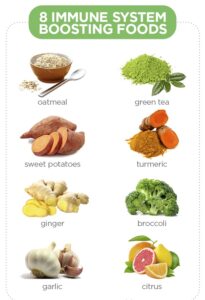
![]()


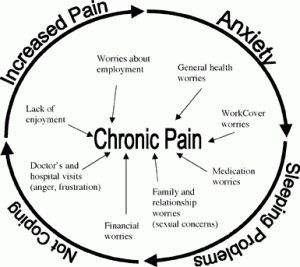


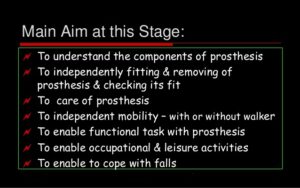







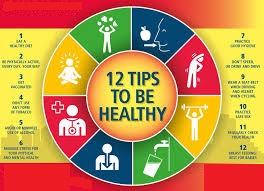






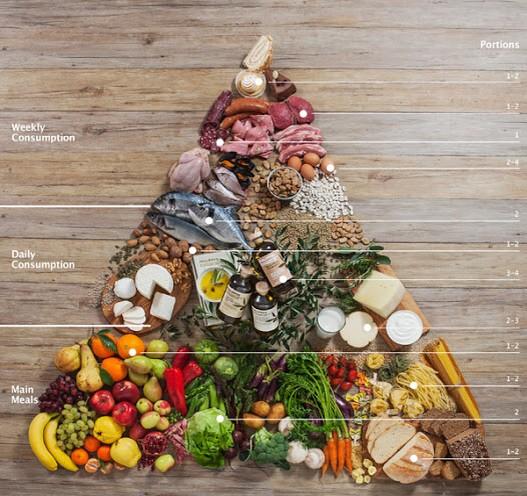
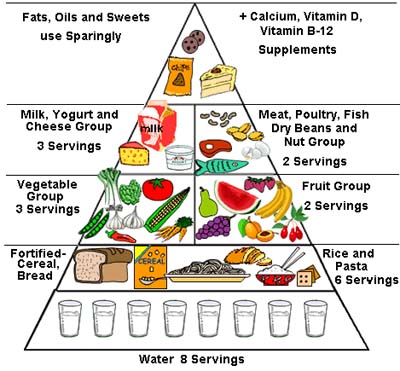

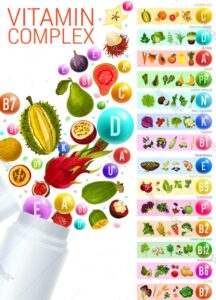
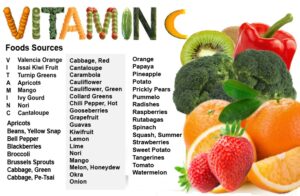
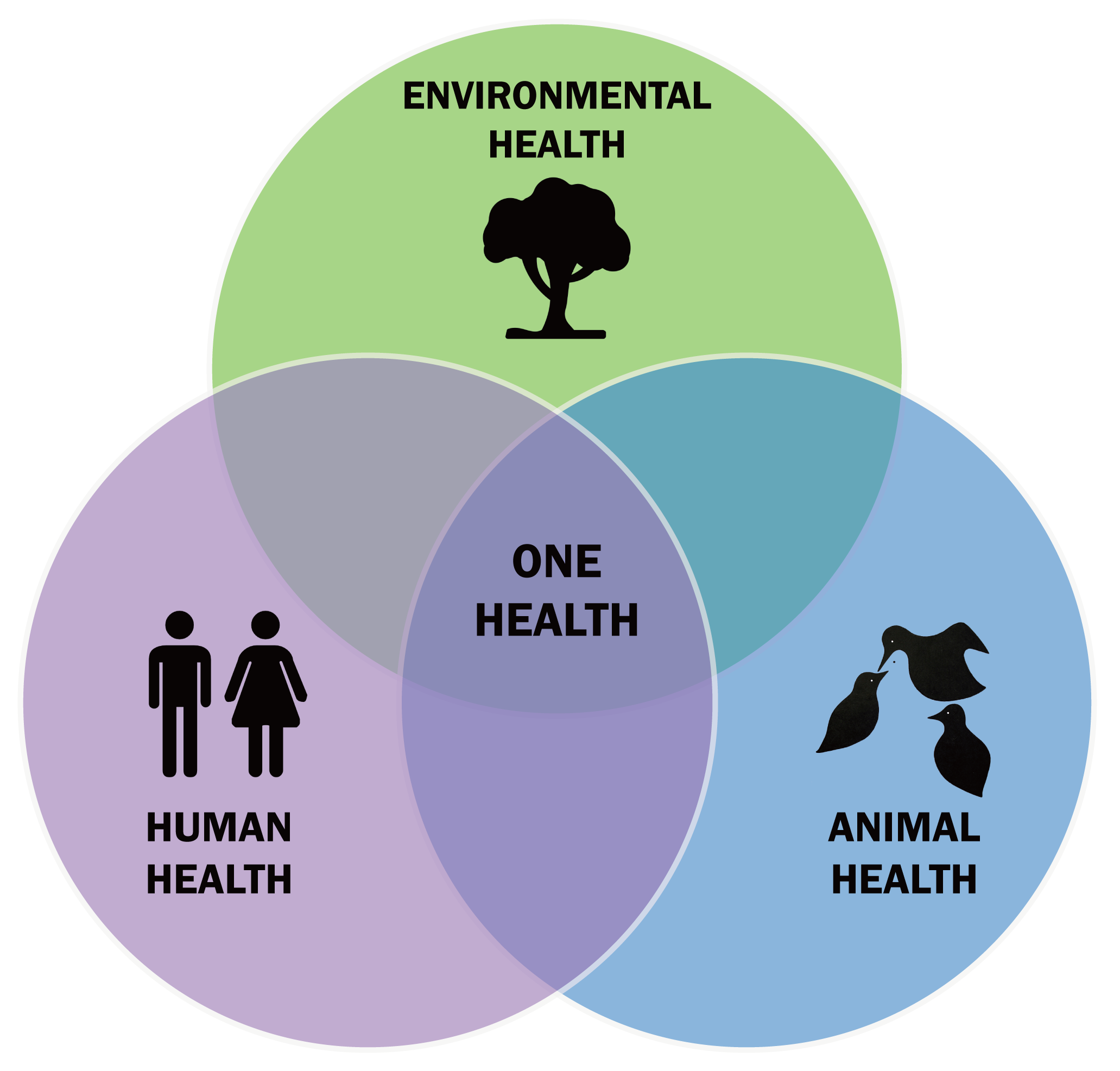



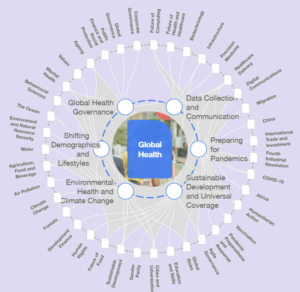



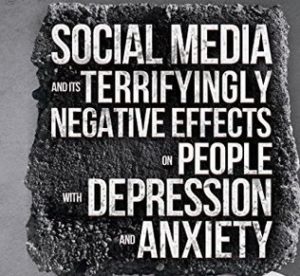
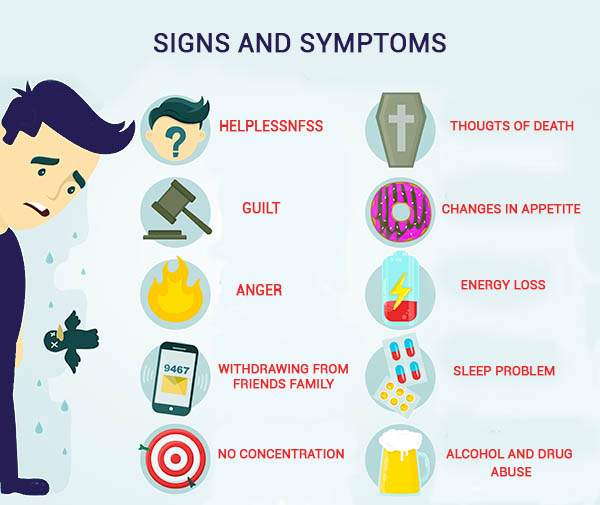

 Vastu Shastra
Vastu Shastra


